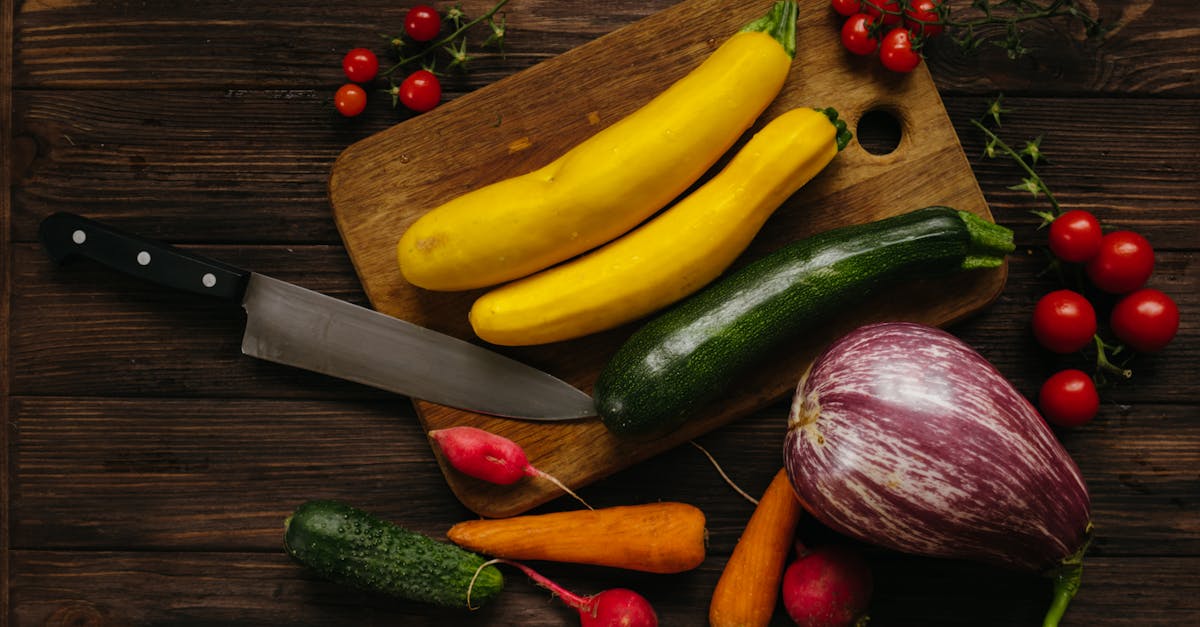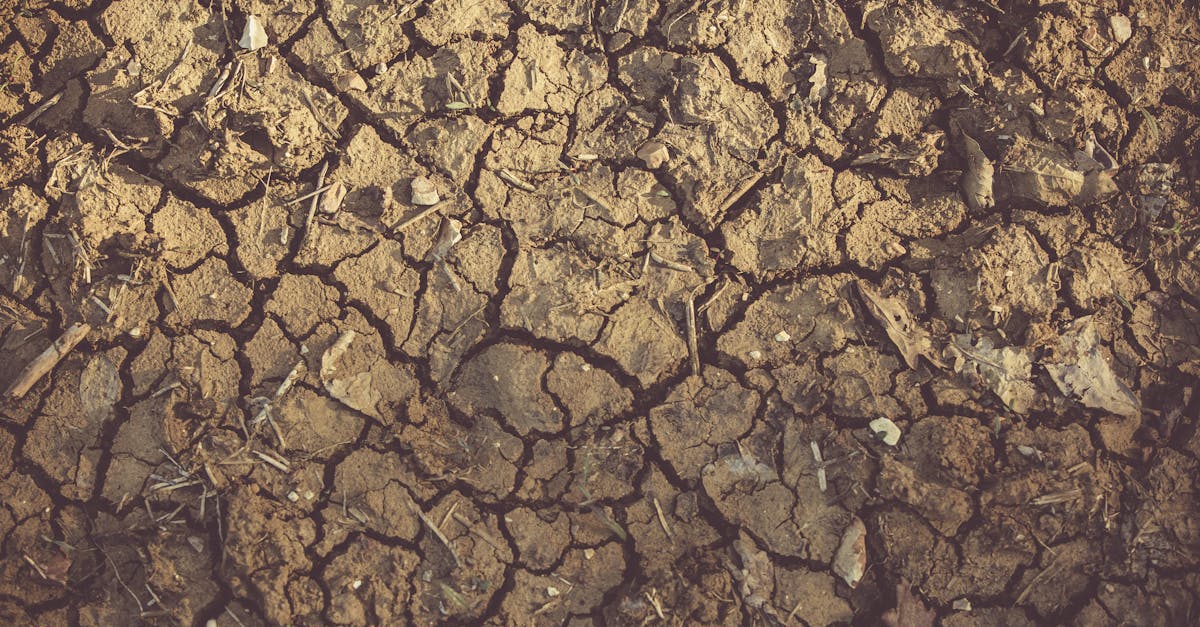If you’ve ever wondered how to identify clay soil, you’re in the right place.
Clay soil can be a gardener’s best friend or greatest foe, depending on how you work with it.
In this text, we’ll jump into the characteristics that define clay soil, helping us understand its unique properties and how to recognize it in our own backyard.
Identifying clay soil is critical for tailoring your gardening practices to ensure the best results.
Let’s scrutinize the secrets hidden beneath the surface and master the art of identifying clay soil together.
Key Takeaways
- Clay soil is characterized by its fine texture, water retention properties, and behaviors like becoming sticky when wet and hard when dry.
- Perform a simple squeeze test to identify clay soil in your garden – if it holds its shape and feels smooth, it likely contains clay.
- Professional soil testing from your local agricultural extension office can provide detailed insights into your soil composition, guiding your gardening practices effectively.
- Key features of clay soil include fine texture, water retention, plasticity, hardening when dry, and common colors like gray, white, or red.
- Recognize clay soil in your garden by observing its texture, colors, waterlogged areas, and soil cracking when drying out.
- Tailor gardening practices for clay soil by using mulch, raised beds, organic amendments, deep digging, and proper watering techniques to maximize plant growth and health.

Understanding Clay Soil
Clay soil is characterized by its fine texture and retentive properties, holding onto nutrients and water for long periods. When wet, it becomes sticky and heavy, making it hard to work with. On the flip side, when dry, it can turn rock hard. We often find clay soil in shades of gray, white, or even red.
To identify clay soil in your garden, perform a simple squeeze test. Grab a handful of soil and squeeze it – if it holds its shape and feels smooth, it likely contains clay. Another clue is its behavior in water. Clay soil is slow to absorb water and becomes waterlogged easily.
For more detailed analysis, consider a professional soil test from your local agricultural extension office. It can provide insightful information on your soil composition, including the percentage of clay present. This can guide us in making informed decisions about our gardening practices.
For further reading on soil testing, check out this guide.
Characteristics of Clay Soil
Clay soil has distinctive characteristics that help us identify it. Here are some key features:
- Fine Texture: Clay soil feels smooth and sticky when wet.
- Water Retention: It holds onto moisture well, making it slow to drain.
- Plasticity: It can be molded into shapes when wet.
- Hardens when Dry: Clay soil becomes hard when the moisture evaporates.
- Common Colors: It’s often found in shades of gray, white, or red.
While these characteristics are helpful, a soil test from a professional can provide a more accurate analysis. For more detailed information on soil testing, visit on soil testing.

How to Recognize Clay Soil in Your Garden
So, how do you know if you’ve got clay soil in your garden? Well, here are a few tell-tale signs:
- Texture: Clay soil feels sticky when wet and clumpy when dry.
- Color: Typically gray, white, or red.
- Waterlogged Areas: If your garden stays wet for a long time after rain, it could be clay soil.
- Cracking Soil: Does your soil form deep cracks when it dries out? That’s a good indicator of clay soil.
Don’t forget, for an accurate analysis, it’s best to get your soil professionally tested. You can learn more about soil testing from this we recommend.
Tailoring Gardening Practices for Clay Soil
When dealing with clay soil in our gardens, it’s critical to adjust our gardening practices to accommodate its unique characteristics. Here are some tips to make the most out of gardening in clay soil:
- Mulch: Adding a thick layer of mulch helps improve moisture retention and regulates soil temperature.
- Raised Beds: Consider using raised beds to enhance drainage and prevent waterlogging.
- Amendments: Incorporating organic matter like compost helps loosen clay soil, making it easier for plants to grow.
- Deep Digging: Digging deep and breaking up compacted clay helps roots penetrate and access nutrients.
- Proper Watering: Clay soil holds water well, so it’s important to water slowly and deeply to prevent water runoff.
For more in-depth information on tailoring gardening practices for clay soil, visit this .

Mastering the Art of Identifying Clay Soil
Identifying clay soil isn’t rocket science. Here are some simple ways we can tell if we are dealing with clay soil:
- Check for Color: Clay soil is often darker than other types.
- Texture Test: Roll a handful into a ball – if it holds its shape and feels sticky, it’s clay.
- Drainage Check: Poor drainage might indicate the presence of clay.
- Cracking Signs: Clay soil tends to crack when dry.
- Plasticity Test: Clay is moldable like Play-Doh when wet.
For more detailed information on identifying clay soil, visit this link or this link.
